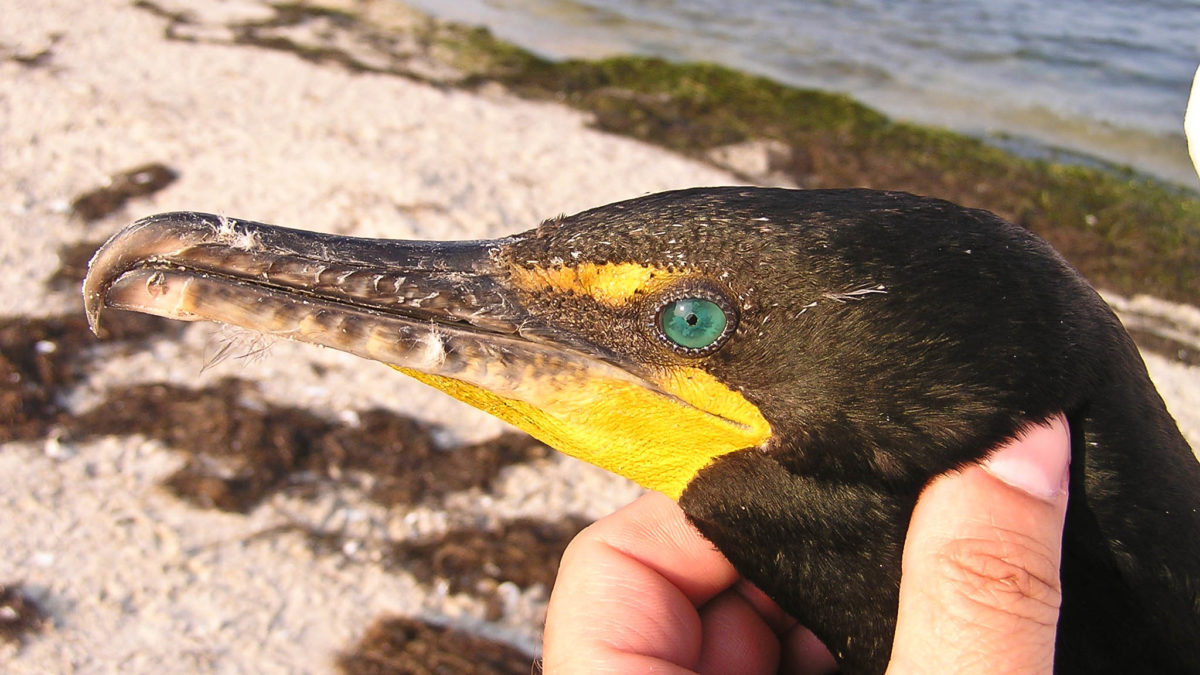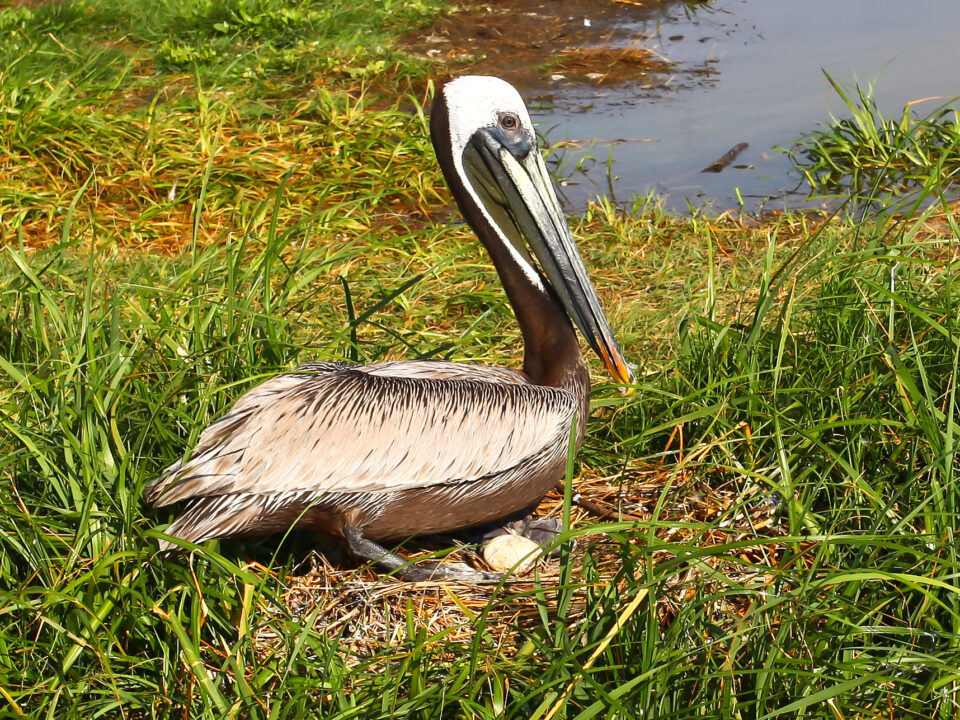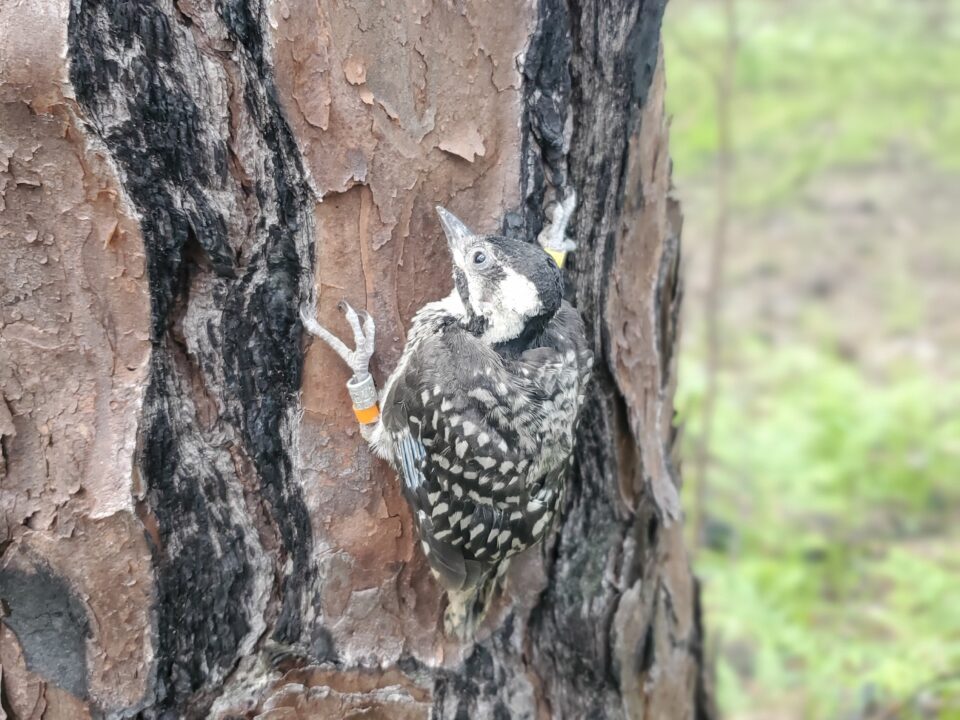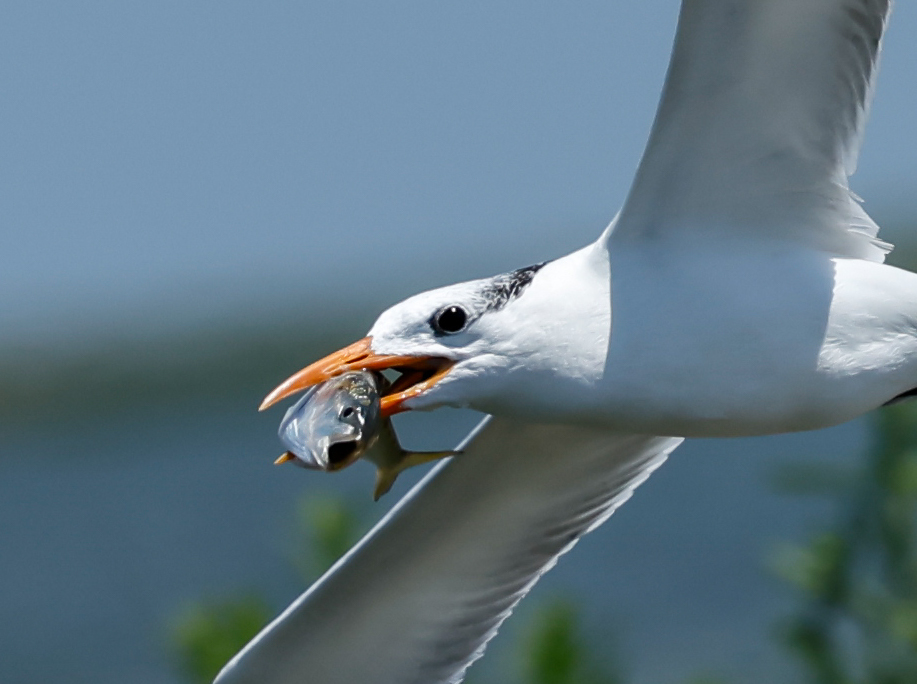Counting Cormorants

Oil spill threatens shorebird Mecca
January 23, 2020
Moving Woodpeckers 5
January 27, 2020By Bryan Watts
1/23/2020
The Center for Conservation Biology has joined forces with the North Carolina Wildlife Commission to estimate the number of cormorants that spend the winter months (October – March) within the sounds and near-shore waters of North Carolina. CCB is using surveys of birds within communal night roosts and a network of aerial transects to estimate numbers, distribution, and seasonality. The project responds to concerns expressed by the waterman’s association about potential impacts of cormorants on the commercial fisheries. Numbers from surveys will be used along with a simple metabolic demand model to estimate fish consumption by the birds.
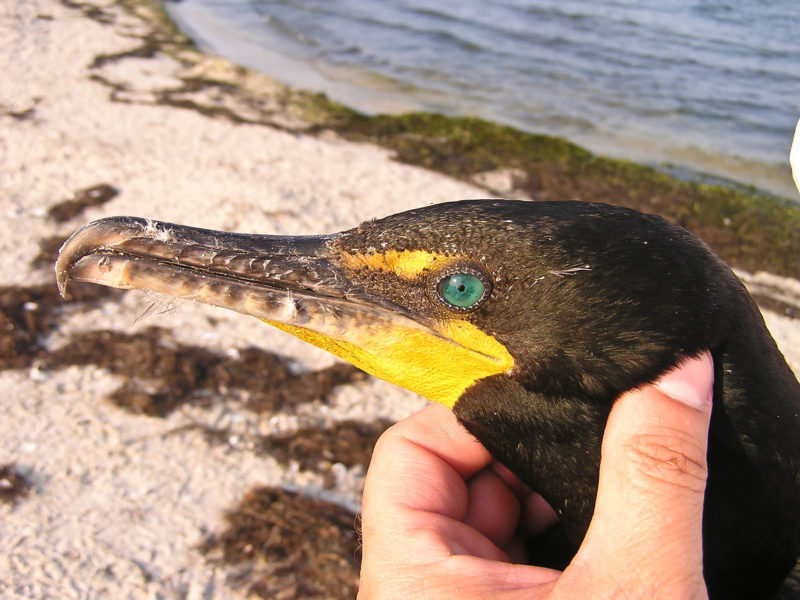

The double-crested cormorant is a fish obligate that is endemic to North America and the western Caribbean. It has five described subspecies that are associated with large bodies of water that support abundant prey populations. All subspecies have experienced wide population swings reaching a low in the early 1900s associated with persecution, exploitation, and habitat loss followed by a recovery that peaked in the 1950s and a subsequent decline attributed to pesticides. Since 1975, populations have exhibited explosive population growth that has included range expansions back into historic breeding/winter areas and extensions into new territories. The highly migratory northeastern population breeds in the upper Midwest, through the Great Lakes, and along the coast from the Canadian Maritimes to the mid-Atlantic. Breeding populations west of Lake Huron migrate west of the Appalachians and primarily winter along the Mississippi River and upper Gulf Coast. Breeding populations east of Lake Huron migrate east of the Appalachians and winter throughout the Southeast from the Chesapeake Bay to Florida.
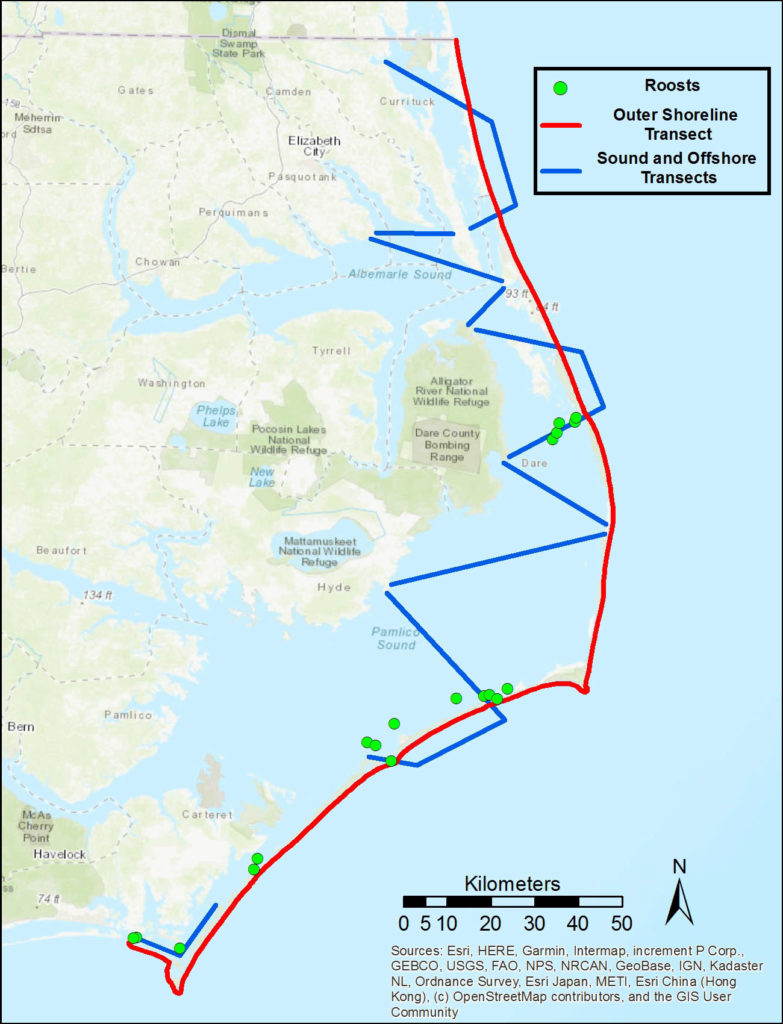
The increase in cormorant numbers over the past four decades has led to concerns about impacts to fish stocks throughout primary breeding and winter areas by the recreational and commercial fishing industries. Double-crested cormorants are efficient predators capable of exploiting a wide range of fish species. As breeding populations within the Northeast have reached record highs, coastal North Carolina has emerged as a significant wintering site. The population appears to be concentrated within the Albemarle and Pamlico Sounds and associated near-shore waters.
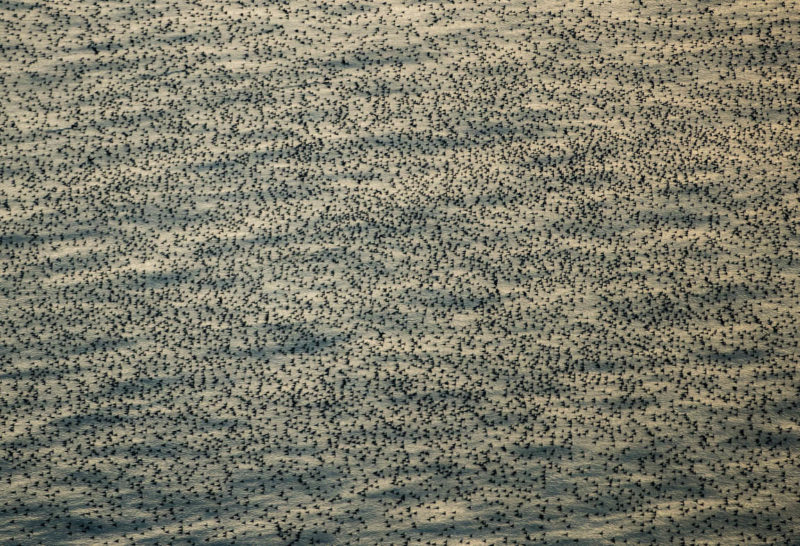
Fieldwork began in October of 2019 and is scheduled to run through two winter seasons. Information collected will provide baseline data needed to inform industry and management communities.

